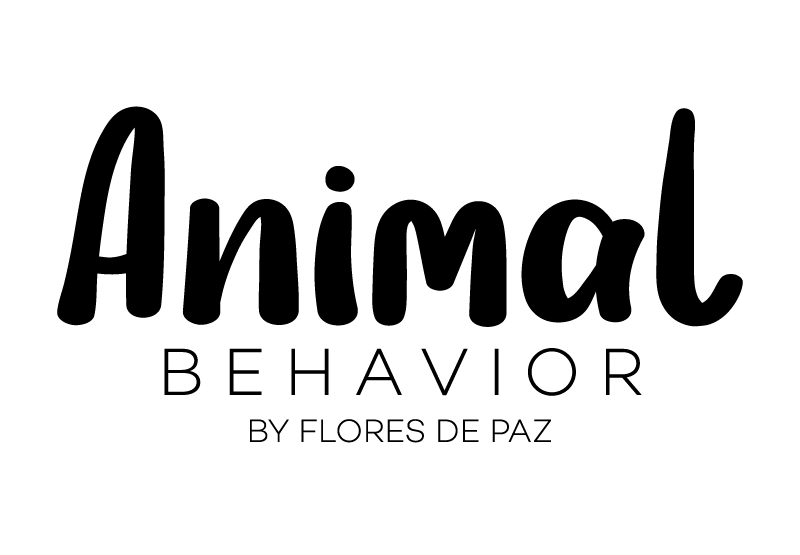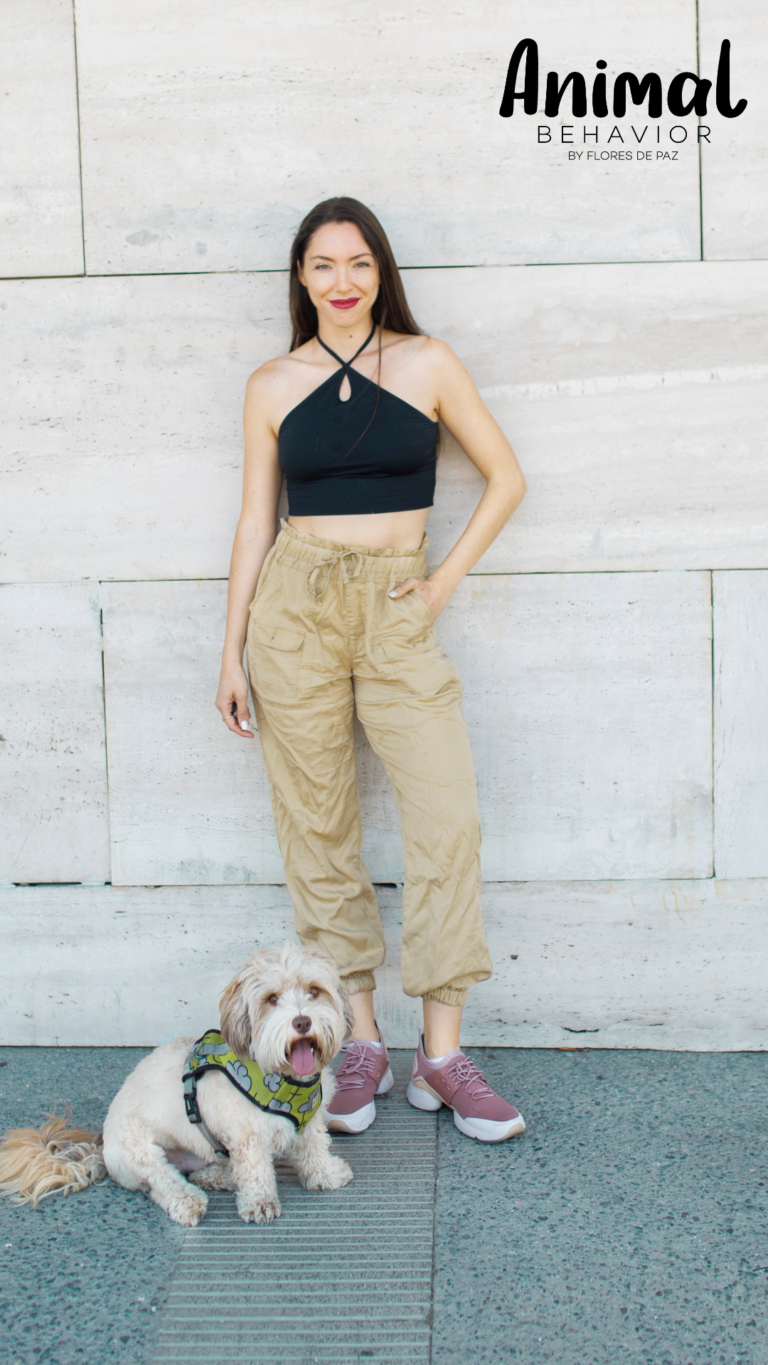
A dog with a good and secure base with the owner, and with an attachment based on love. Shouldn’t show many behavior issues.
Have you ever stopped to think about how easy it is for dogs to share their lives with a species that is not their own? I mean, with us. The long history of domestication of the dog close to humans has led to the emergence of a unique relationship in which dogs form social groups with us. This relationship is the attachment bond and is the basis of why dogs are so successful when it comes to living with people. Attachment, from an ethological point of view, is a behavioral system that regulates an affective relationship between two individuals, in which one tries to stay close to the other, whom he needs as a reference (safe base) for his correct development. It is the system behind the mother-child relationship and that encourages the offspring to stay close to their parents to obtain resources and protection. The ultimate goal of this system is the survival of the species. The observable behaviors in the pups would be: visual contact with the parents, physical monitoring, crying when the attachment figure is not available, etc. Parents produce responses to these behaviors, such as approaching after crying. Mildly stressful situations activate the attachment system. Although the neurobiological structures responsible for attachment are present from the birth of the individual, time and contact are needed for its formation.

The attachment bond has 5 characteristics that were defined by the psychologist John Bowlby and that are still valid today: 1. Secure Base Effect: If the caretaker functions as a secure base, the individual will be able to explore a new environment without signs of fear and will look to their secure base for reference. 2. The individual must show a clear preference towards their caregiver compared to strangers. 3. Refuge effect. When the individual experiences fear, they will approach and even hide behind their attachment figure. 4. Stress behaviors must occur during separation from your attachment figure. 5. Specific behaviors must occur during the meeting with the caregiver (the importance of greeting). These criteria are true for mother-child relationships. In them, the attachment figure has greater physical and cognitive capacities, constituting what we call an asymmetric attachment relationship.
How are the characteristics of dog-human attachment? It is an affective relationship between two adult individuals but it is asymmetric, since the human has greater cognitive abilities and regulates the dog's access to resources, and also the 5 characteristics of attachment are present. For this reason, the attachment bond between an adult dog and its guardian is functionally similar to the attachment between a mother and her children. In fact, the latest research has shown that the centers that are activated in the brain of dogs when they see their guardian are the same centers that are activated in human babies when they see their mother, making this phenomenon even more similar. Since these 5 characteristics exist, can we measure attachment objectively? Psychologist Mary Ainsworth developed the Strange Situation Test to measure attachment. In it, a boy and his mother are in a new room in which a series of predetermined episodes take place: a stranger enters; the mother leaves the child alone with the stranger; the child is left alone; unknown returns and later the mother. By observing the children they were able to successfully describe all the attachment criteria, for example, that the children played more in the presence of their mother, greeted her in a special way, and cried when left alone. In the case of dogs, the strange situation test has been adapted by changing the figure of the father/mother to that of the guardian, but with a very similar order of episodes, and it can be shown that the 5 attachment criteria are also present in the dog relationship. -tutor: - When the guardian was present the dog explored the room (secure base). - The dog preferred to be closer to the guardian than to the stranger (attachment figure preference and refuge effect). - When the tutor left the room, the dog showed signs of stress. - In the reunion with the tutor, he manifested special greeting behaviors. Thus, it was verified in an objective way that the attachment between adult dogs and their guardians is functionally similar to that of the mother and her children. This test also makes it possible to determine different types of attachment. A dysfunctional attachment bond can lead to the appearance of psychological and behavioral problems. In humans there are several types of attachment, some of which have been extrapolated to dogs: –Secure Attachment: Individuals who show some sign of stress when separated in a strange situation but who greet him when the tutor returns, quickly calm down and return to play/explore. They would be guardians who spend quality time with your dog, who accompany him when he explores, and who are sensitive to his needs, that is, they function as a secure base. –Anxious Attachment: Individuals who are very stressed in the separation and who do not calm down when they are reunited with the tutor. Guardians are inconsistent, can reward and punish, are available only sometimes without any predictability, and initiate few interactions. This type of attachment may be present in dogs with separation-related issues. –Avoidant Attachment: Individuals without signs of stress in the separation and who do not greet the tutor in the meeting. In humans, they are cold parents, who reject their child. In dogs it can happen in relationships based on authority and not on cooperation. Guardians who do not understand the needs of their dog. – Disorganized Attachment: Chaotic, the individual seeks and rejects. There are many fear and stress behaviors. These are individuals with painful or traumatic early experiences, it may correspond to mistreated dogs. How do we get a secure attachment with our dog? We must behave as a true safe base and accompany our dog in his exploration of the world, be present when he faces new events and be his refuge in situations that can scare him. It is necessary to share quality time together, in which we will try to do activities with our dog that we both enjoy. We must behave in a predictable and consistent way, otherwise our dog will not know what to expect from us and may develop frustration and anxiety problems. Always use positive learning techniques and avoid punishment that will only deteriorate our bond and we will not function as a safe base or refuge because who would want to go near a refuge that punishes them? taken from: GRUPO DE ESPECIALIDAD EN MEDICINA DEL COMPORTAMIENTO ANIMAL DE AVEPA Ask us a question for free! contacto@floresdepaz.cl and we will come back to you with an answer within the next 2 days.




